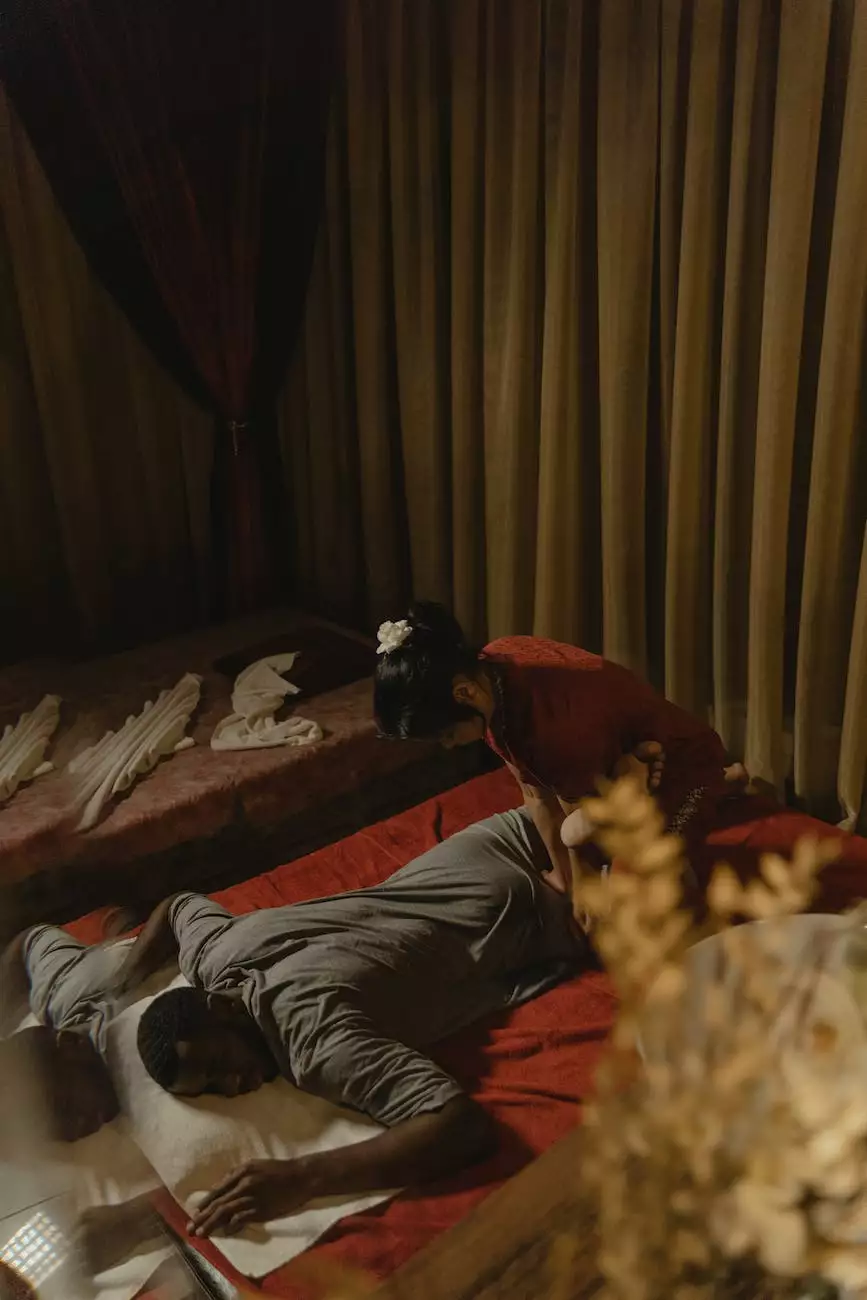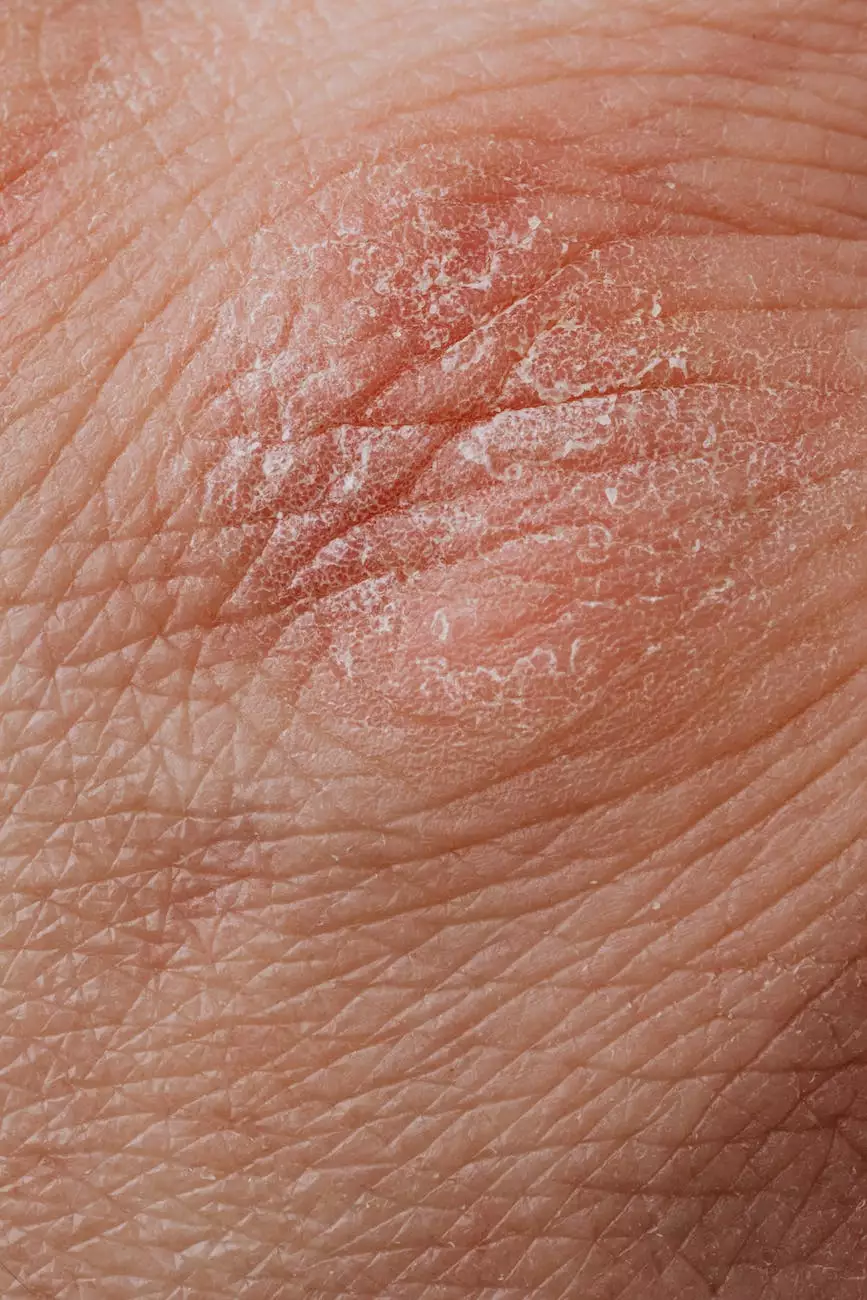What Is a Stye and How Do You Treat Them?
Blog
Understanding Styes
A stye, medically known as a hordeolum, is a common eye condition that manifests as a small and painful bump near the edge of the eyelid. These lumps often appear red, swollen, and can cause discomfort. Styes are usually caused by an infected oil gland in the eyelid, resulting in the formation of a tender and inflamed abscess. While they are generally harmless and tend to resolve on their own within a few days, proper care and treatment can help expedite the healing process and alleviate any discomfort.
Causes and Risk Factors
The primary cause of styes is the buildup of bacteria (Staphylococcus aureus) in the eyelid's oil glands. This bacteria is commonly found on the surface of the skin and only becomes problematic when it enters the oil glands. There are several factors that can increase the likelihood of developing a stye:
- Poor eyelid hygiene
- Frequent rubbing of the eyes
- Using expired or contaminated cosmetics
- Sharing eye makeup or personal items with others
- Having certain underlying medical conditions, such as blepharitis or meibomian gland dysfunction
Symptoms of a Stye
A stye presents itself with a variety of noticeable symptoms, including:
- Localized redness and swelling of the eyelid
- Tenderness and pain around the affected area
- A small, pimple-like bump on the eyelid
- Discomfort when blinking or moving the eyelid
- A gritty or scratchy sensation in the eye
- Excessive tearing
Effective Treatment Options
While most styes resolve on their own, there are several treatments that can help alleviate symptoms and speed up the healing process:
- Warm Compress: Applying a warm compress to the affected area several times a day can help promote drainage and alleviate pain. The warm compress aids in increasing blood flow to the area, facilitating faster healing.
- Good Hygiene: Maintaining proper eyelid hygiene is crucial to prevent further infection and the formation of additional styes. Cleanse your eyelids gently with warm water and a mild cleanser. Avoid rubbing or touching the affected area to prevent the spread of bacteria.
- Over-the-Counter Remedies: Non-prescription treatments such as antibiotic ointments or eye drops may help reduce the duration and severity of a stye. These products can help combat the bacterial infection and ease discomfort.
- Avoid Makeup and Contact Lenses: It is advisable to refrain from using eye makeup and contact lenses while experiencing a stye as they can exacerbate the condition and slow down the healing process.
- Seek Medical Attention: If the stye does not improve within a few days, becomes increasingly painful, or affects your vision, it is important to seek medical advice. An eye care professional may prescribe stronger medications or perform a minor procedure to drain the stye if necessary.
Preventing Styes
Prevention is the key to minimizing the risk of developing styes. Incorporate the following practices into your daily routine:
- Ensure good eyelid hygiene by gently washing your face and eyelids with mild, non-irritating cleansers.
- Avoid sharing personal items such as towels, pillowcases, and cosmetics.
- Replace eye makeup regularly and avoid using expired products.
- Avoid rubbing or touching your eyes with unwashed hands.
- Opt for contact lenses and solutions approved by your eye care professional.
Conclusion
Styes, although often not serious, can be uncomfortable and impact daily life. By understanding the causes, symptoms, and appropriate treatments, you can effectively manage styes and promote optimal eye health. Remember to practice good hygiene, seek timely medical attention if needed, and take preventive measures to minimize the occurrence of styes. For expert advice and personalized care, trust Baron Rick W Dr to provide comprehensive eye care solutions.




